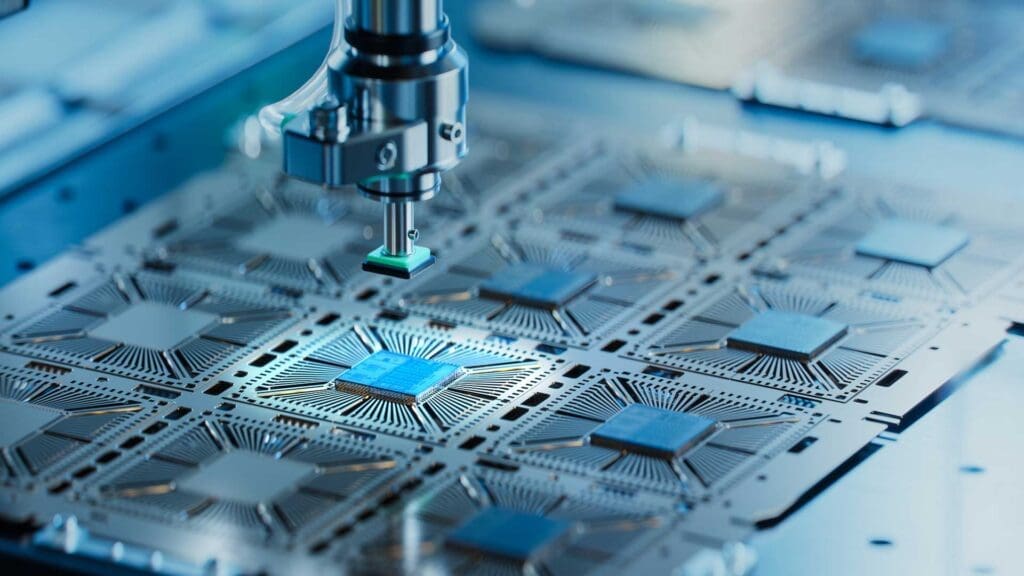
Nvidia’s AI GPU Shortage Until 2025
The global rise in demand for artificial intelligence (AI) capabilities has sparked an unprecedented level of interest in specialized hardware solutions, especially GPUs. Nvidia, a frontrunner in this arena, is experiencing soaring demand for its AI-oriented GPU and CPU products. Nevertheless, this rapidly expanding market is facing supply chain difficulties, largely due to the overwhelming demand.
Taiwan Semiconductor Manufacturing Company (TSMC), the main producer of many of these advanced chips, reports that the surging need for AI hardware is leading to significant supply chain disruptions. As a result, we are entering a period characterized by a shortage of AI-specific GPUs.
Holding a leading role in the AI hardware market, Nvidia has become the primary supplier for companies aiming to enhance or overhaul their current systems. However, the shortage of these essential components is likely to continue for an extended period, impacting businesses across the globe. This supply-demand mismatch underscores the challenges the industry encounters as it endeavors to quickly scale AI applications.
Artificial intelligence GPU shortage has begun


The surge in artificial intelligence (AI) has triggered a dramatic increase in demand for specialized hardware, particularly GPUs, leading to significant pressure on supply chains. Taiwan Semiconductor Manufacturing Company (TSMC), a leading figure in the chip manufacturing sector, has issued a warning about the enduring shortage of AI-specific GPUs, predicting it could last for up to 18 months. Mark Liu, the chairman of TSMC, links this shortage directly to the explosive growth in Generative Artificial Intelligence (GenAI) development, which requires substantial computational resources.
TSMC has admitted to being taken by surprise by an unexpected bottleneck in CoWoS (Chip on Wafer on Substrate) packaging, a crucial phase in the production of AI GPUs. The demand for CoWoS packaging services has tripled compared to normal levels. Although TSMC plans to double its production capacity by 2024, it anticipates that the scarcity might extend into 2025.
In response to the critical situation, Nvidia has begun diversifying its supply chain, forming partnerships with Intel and Samsung for HBM (High Bandwidth Memory) and GPU packaging services. This strategic pivot is designed to mitigate some of the immediate supply chain strains while TSMC enhances its production capabilities.
Both Nvidia and AMD are optimistic about their AI-driven revenue potentials, forecasting it could reach into the hundreds of billions of dollars. Nonetheless, these projections might be ambitious, considering the current production limitations. Nvidia, on the other hand, seems better positioned due to the strategic launch of its H100 GPU, with aims to sell between 1.5 to 2 million units by 2024.
As both entities navigate through the production shortages, there’s light at the end of the tunnel. Once these supply chain challenges are surmounted, the demand for AI GPUs is expected to be fully met, paving the way for an era of unparalleled growth in the AI domain.
You may also like this content
- Metahero (HERO): Transforming the Metaverse with Realism
- What Are The Metaverse Projects Popular In 2025
- Explore the Metaverse: 25 Essential Questions Answered
Follow us on TWITTER (X) and be instantly informed about the latest developments…







